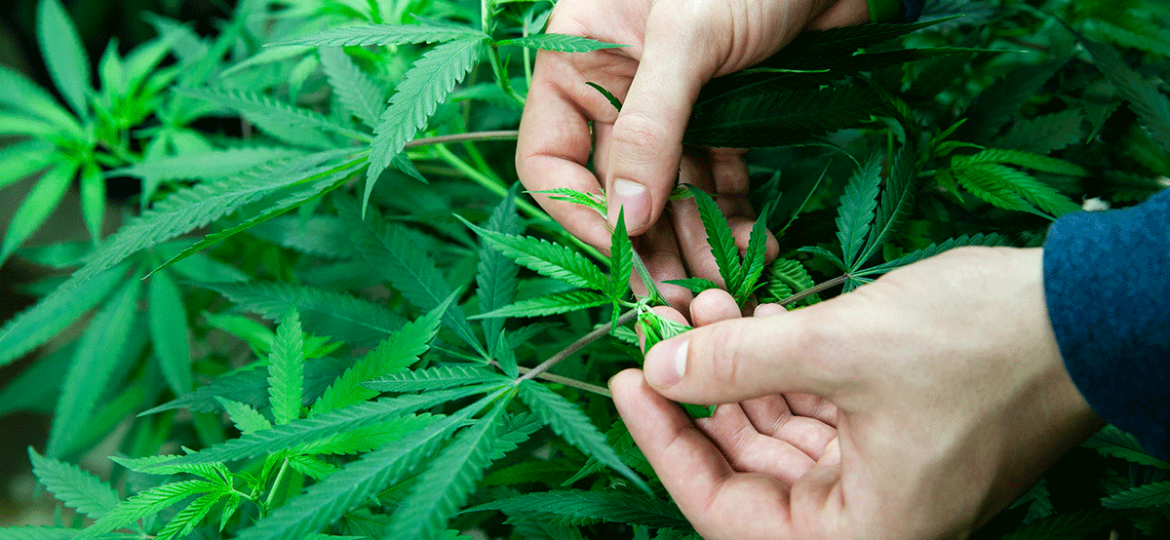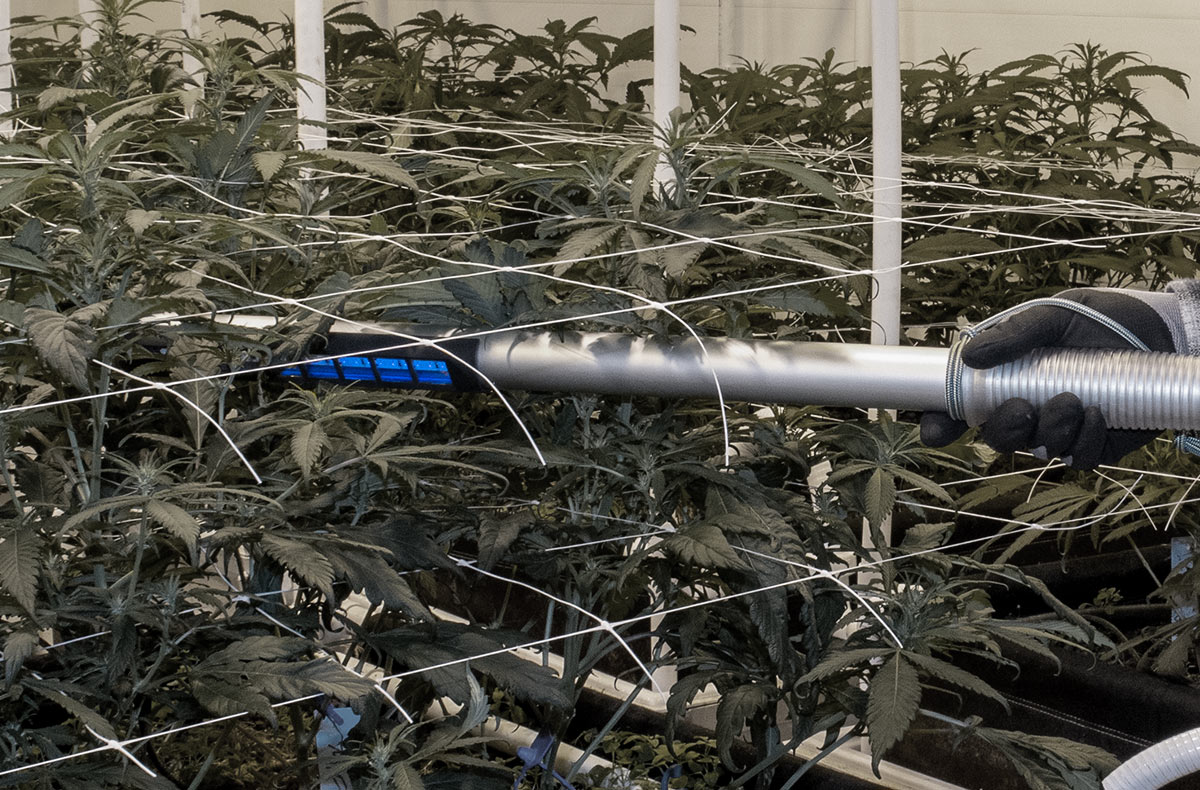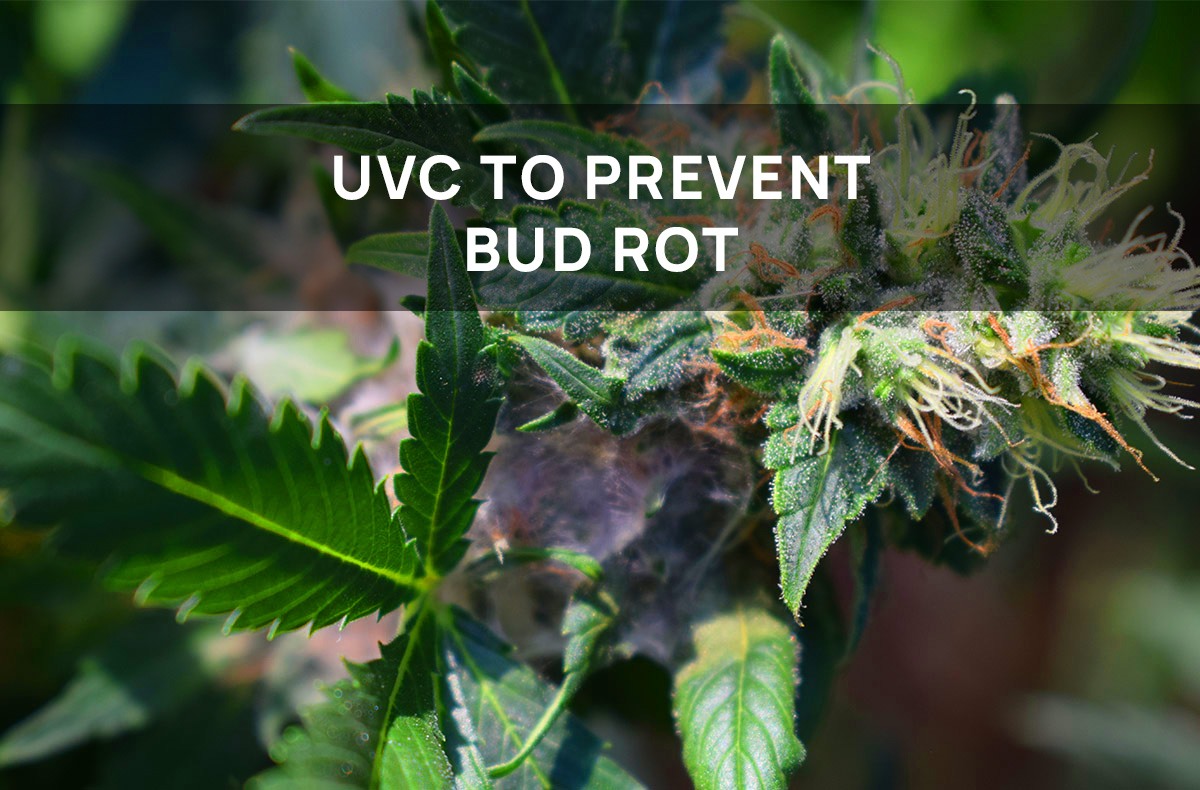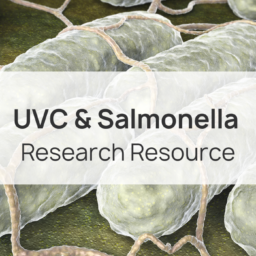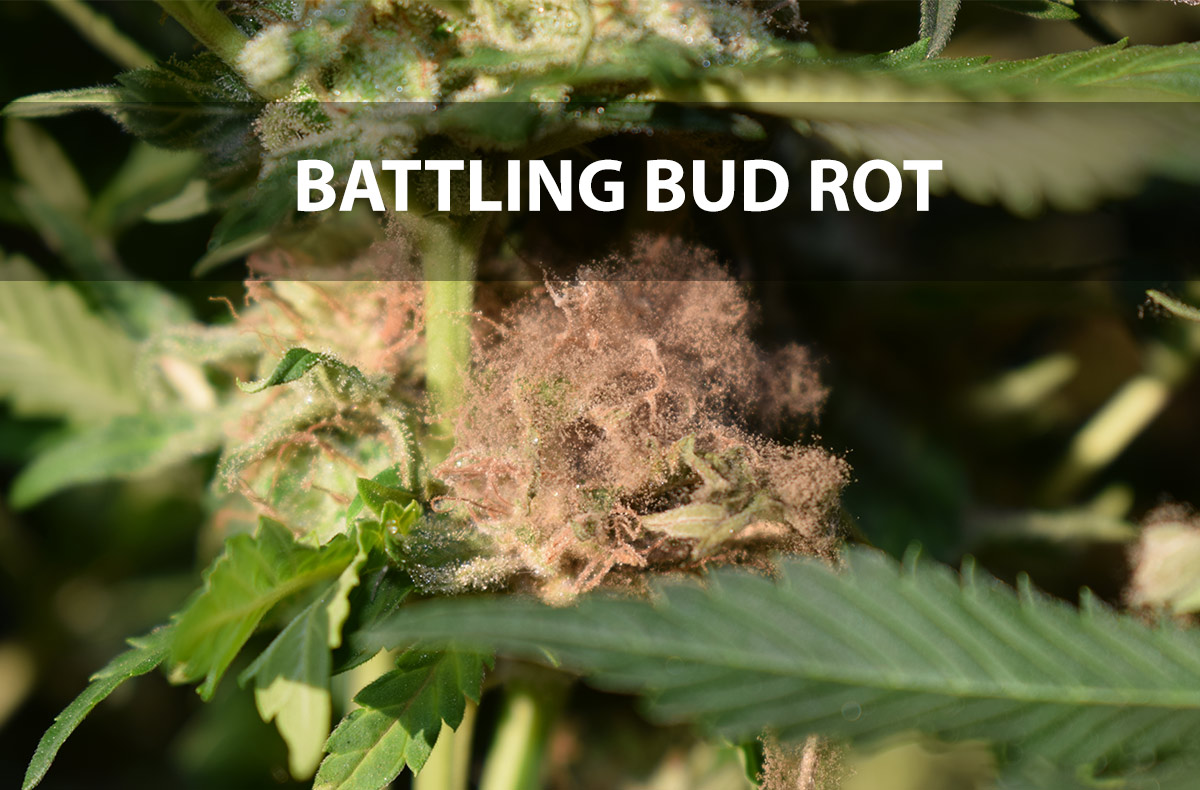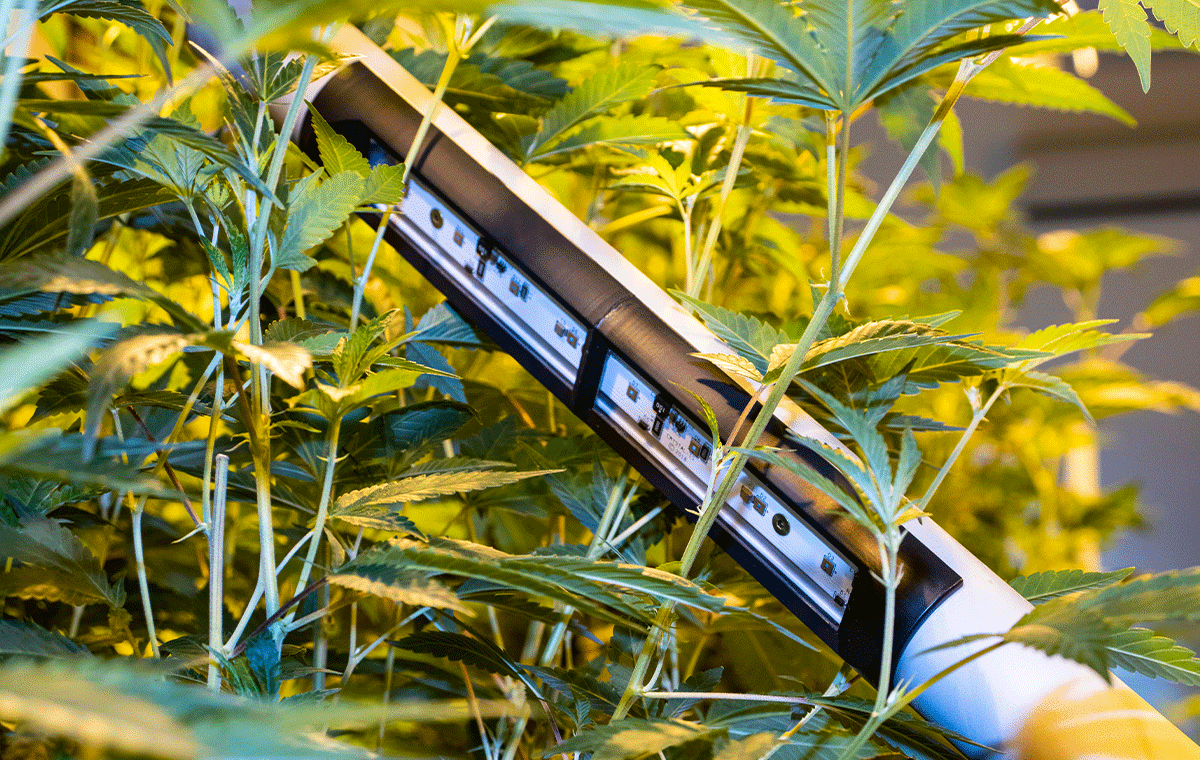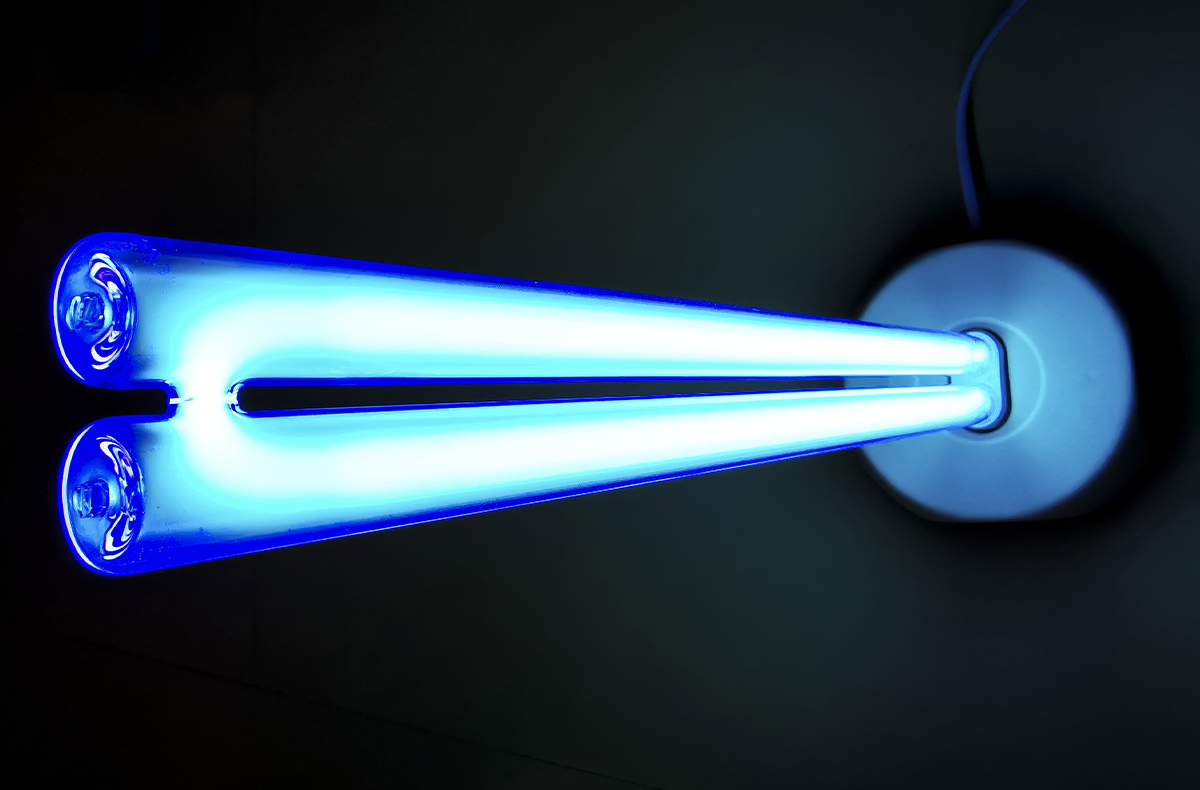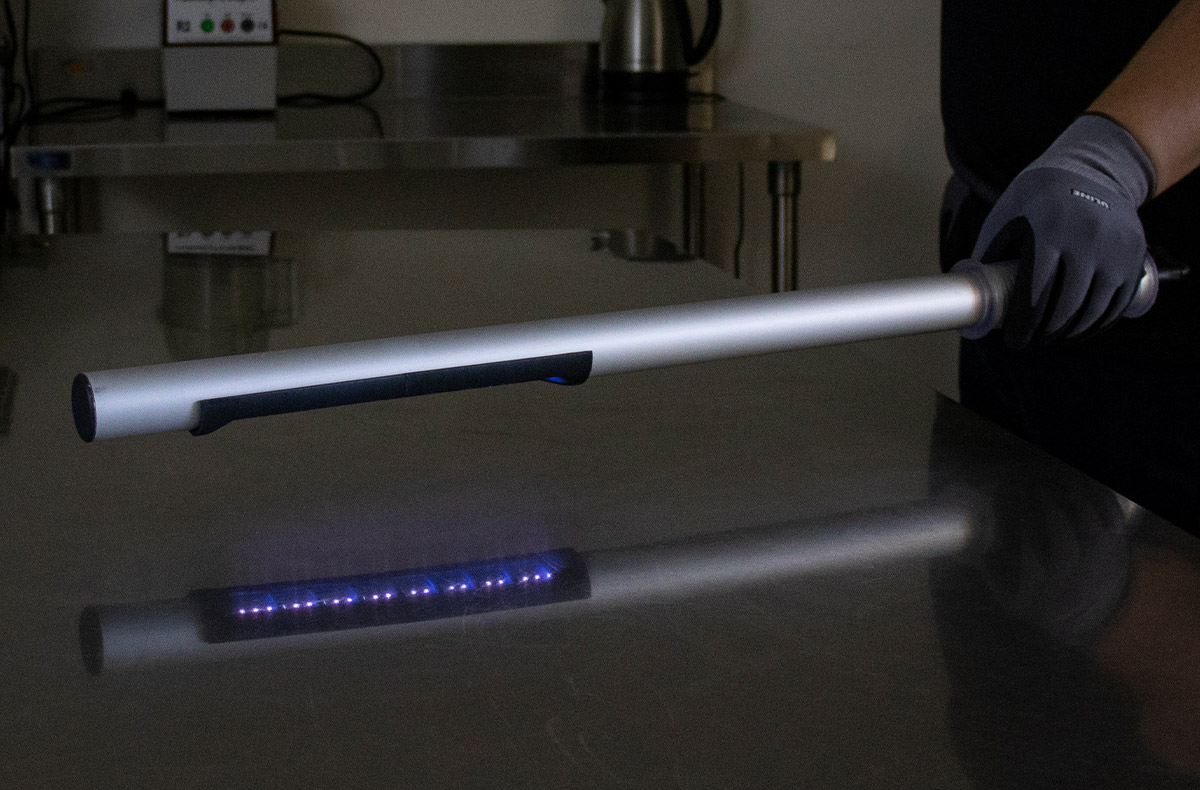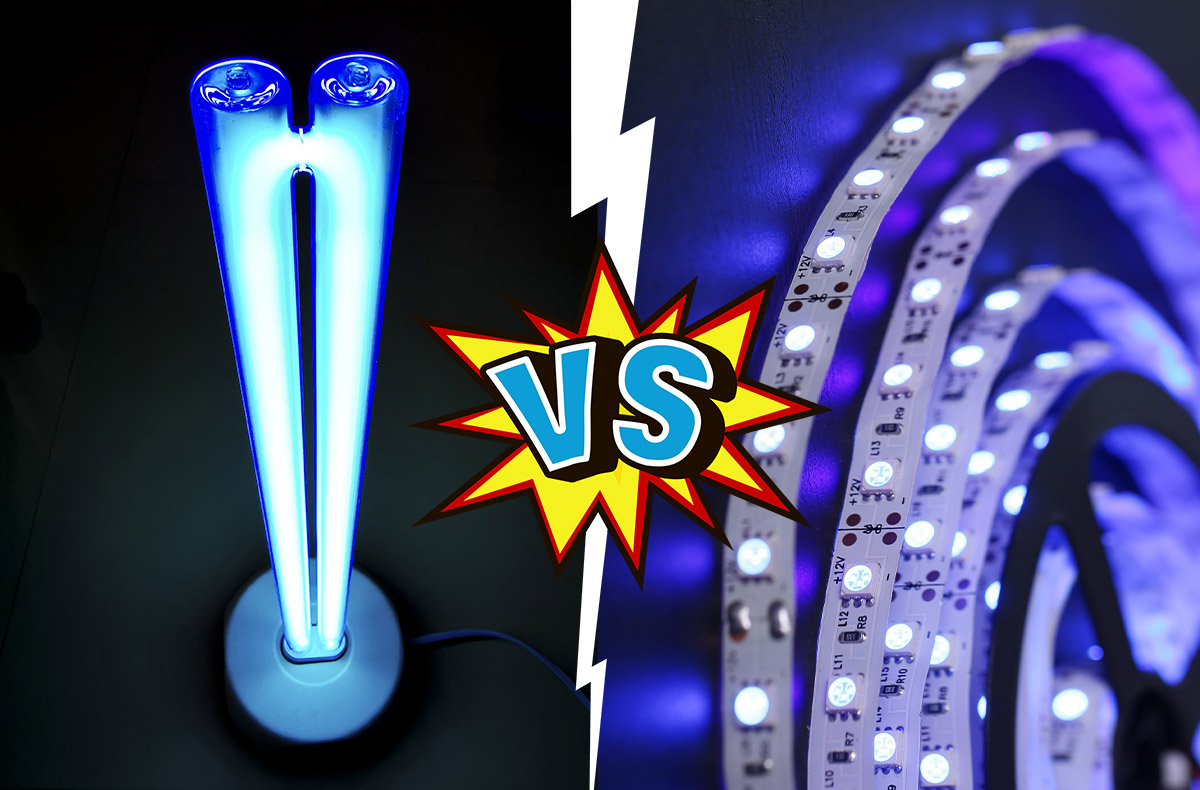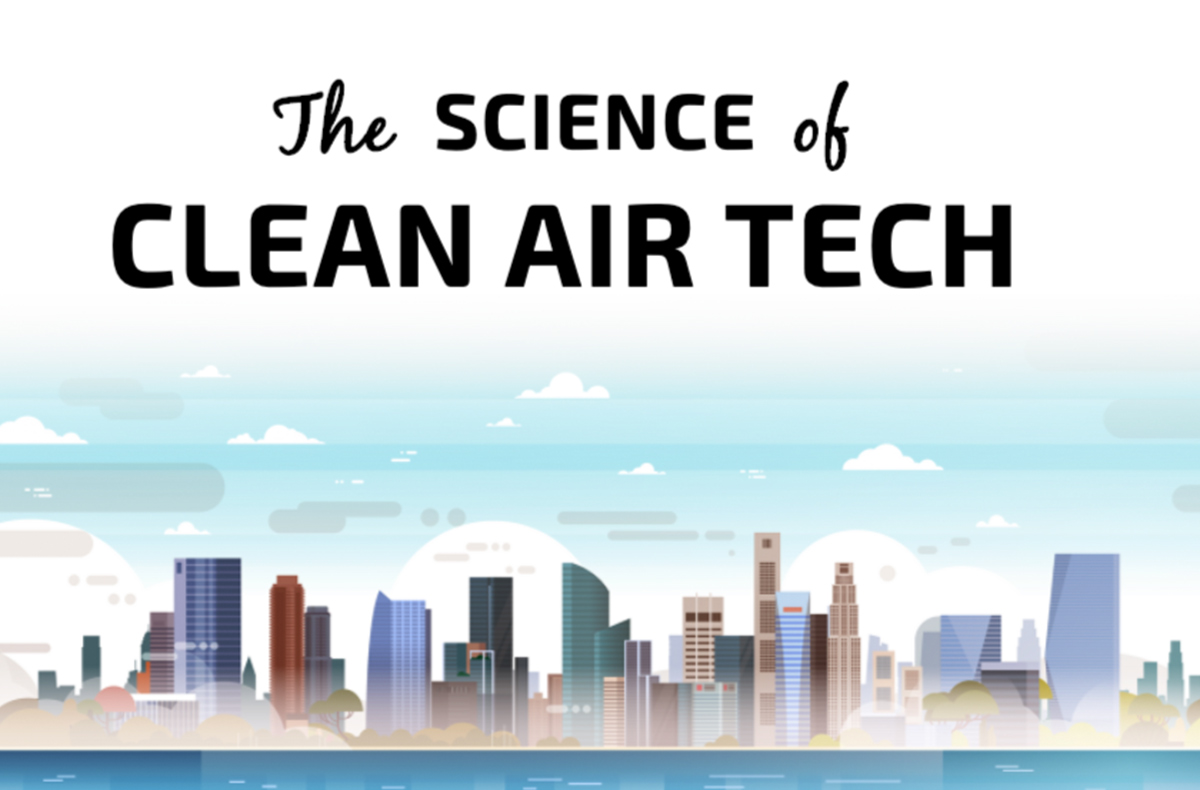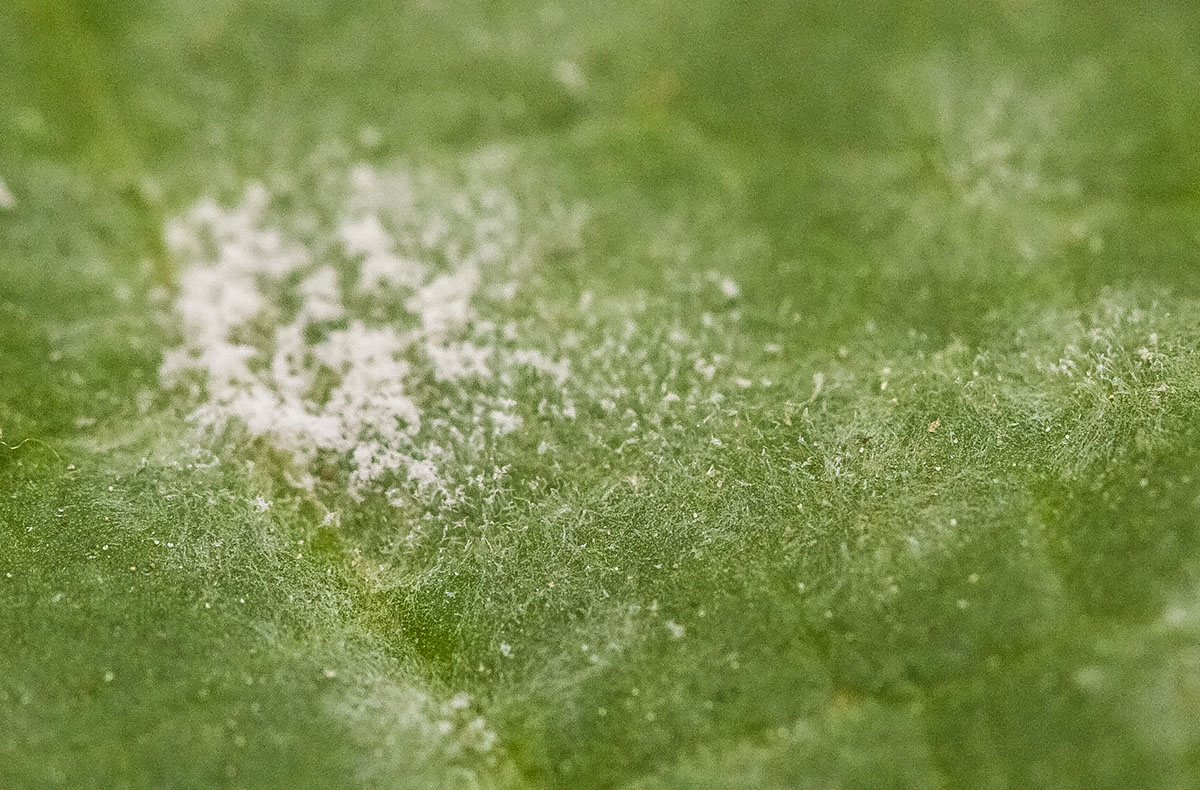Powdery mildew is one of the most prevalent and destructive pests for indoor growing environments. However, diagnosing powdery mildew on plants via testing can be difficult and expensive.
PCR Testing
For PCR testing, you simply punch a hole in a leaf and send it off to a designated lab. They run a PCR test to determine if powdery mildew DNA is present. It provides early detection and a reliable approach if you want to make sure you have eradicated powdery mildew after treating it. Likewise it can help ensure your plants are powdery mildew free before moving them to the next stage or before introducing new plants to a grow room. This is a step you can easily incorporate into the monitoring portion of your integrated pest management (IPM). The downside is the complicity and cost involved with this approach. It doesn’t always lend to feasibility in actual application, especially for smaller budget grow operations.
Visual Testing
Another approach for detection is the traditional visual approach. This entails examining the upper and lower leaf surfaces, noting and then recording any irregularities and colorations. The documentation allows you to better detect any future changes. A common sign of powdery mildew is filmy/fluffy white mold that spreads on the top of leaves. But by the time powdery mildew is visible to the human eye, it has been active on the plant for 4-6 days and is already beginning to spread to neighboring plants. Powdery mildew can lay dormant in plants for long periods of time, only becoming active when conditions are right. Like DNA testing, there is a lot of overhead cost in the manual labor required for visual monitoring. There are also human errors and inconsistencies between observations from one person to the next. This is why DNA testing holds an advantage over visual monitoring. It detects powdery mildew even when it is inactive and invisible.
Preventative Measures
The best defense against powdery mildew is prevention. Investing and incorporating automations and
cleanroom protocols into your IPM plan will establish a strong foundation against powdery mildew contamination. It will reduce the need for expensive DNA assays while still lending peace of mind to your operations.
Automations that help with Powdery Mildew mitigation
Freeing up time and reducing human error are not the only benefits of incorporating automations in your grow. They also ensure the production of a consistent, world-class product in an increasingly competitive and regulated product environment.
- Environmental Controls
- Fertigation automation provides precision to all your nutrient needs. This includes the ability to schedule and feed specific nutrient recipes to different strains of cannabis. Some automations also allow you to see information about water use and nutrient absorption.
- Climate management automations streamline your grow room environments. They manage things like heat, humidity, airflow, CO2 and misting/fogging round the clock. Some systems allow you to set pre-determined boundaries so alerts can be immediately sent when measurements fall outside of them.
- Light automations allow you to concisely regulate lighting schedules and spectrums for the various stages of each grow room.
- Data Collection:
- Data tracking and collection is a vital resource for cultivators to make informed decisions about their grows. It increases timeliness in decision making and enhances your ability to find correlations in the many variables affecting plants.
- As regulation increases – especially with federal legalization on the horizon – monitoring, tracking and collecting data becomes even more important for reporting purposes. Establishing automations now will save you headaches later on when federal GMP regulations become mandatory. (i.e. think quality control and product safety)
Cleanroom Protocols
A cleanroom is simply defined as a “room with a defined concentration of airborne particles, designed and used in a way that the number of particles introduced into the room or originating and being deposited in the room is as small as possible, and in which other cleanliness-relevant parameters such as temperature, humidity and pressure can be controlled as required.” (
VDI 2083-1) Foundational cleanroom protocol is air filtration/circulation and monitoring. As a general rule, cleanroom design elements are included to prevent contamination from entering a room. But more importantly, if contamination does enter a room, they can help control where it goes and how it’s mitigated.
- Positive air pressure in each grow room helps keep out potential contaminants when people are entering and exiting a room or in the event of a leak or door accidentally left open.
- Airlock and laminar air shower entries help ensure as much particulate as possible is eliminated before anyone enters a space. This also helps reduce the amount of room maintenance required over time.
- High efficiency air filtration via central HVAC systems and supplementary air filtration ensure microscopic particles are removed before they enter your growing spaces and surrounding areas. They also rapidly capture any that might have been introduced. Utilizing air filtration systems that can be cleaned and sanitized is vital. If contamination does occur, these systems can act as potential vectors of future contamination unless they are fully sanitized.
- Ultraviolet light, specifically germicidal UVC, employed at various stages in various ways ensure cleanliness. This is especially important for chemical free environments. UVC can be applied in HVAC systems, during cleaning processes, and via fixed lamps that are turned on in unoccupied spaces.
- ISO grade particle counters allow you to verify that your monitored environments are meeting required specifications. They also provide historical documentation on each environment. This value added data can be used to support data presented to customers, government organizations and regulatory committees.
- Automated climate control will ensure the precise air quality, humidity and temperature are maintained.
- Hygiene measures help ensure contaminants do not enter your grow rooms and surrounding spaces. These measures include onsite showers, spray/scrub rooms, foot baths, properly cleaned and stored protective clothing, and in depth, stringently enforced operating procedures.
Your Contamination Prevention Experts
At Element Grow, we strive to help you meet Good Manufacturing Practices with products and support that provide functional solutions through affordable, easy to use applications. Our products can easily be cleaned and sanitized while also providing a solid foundation for GMP in your indoor grow facility. We understand the challenges of designing complex agricultural and bio containment systems that meet your unique needs while also remaining user friendly, functional and efficient – this is our passion. For more information on how Element Grow can help you meet GMP requirements as well as your specific needs, contact us at
info@elementgrow.com or by calling 1-888-353-6681.
